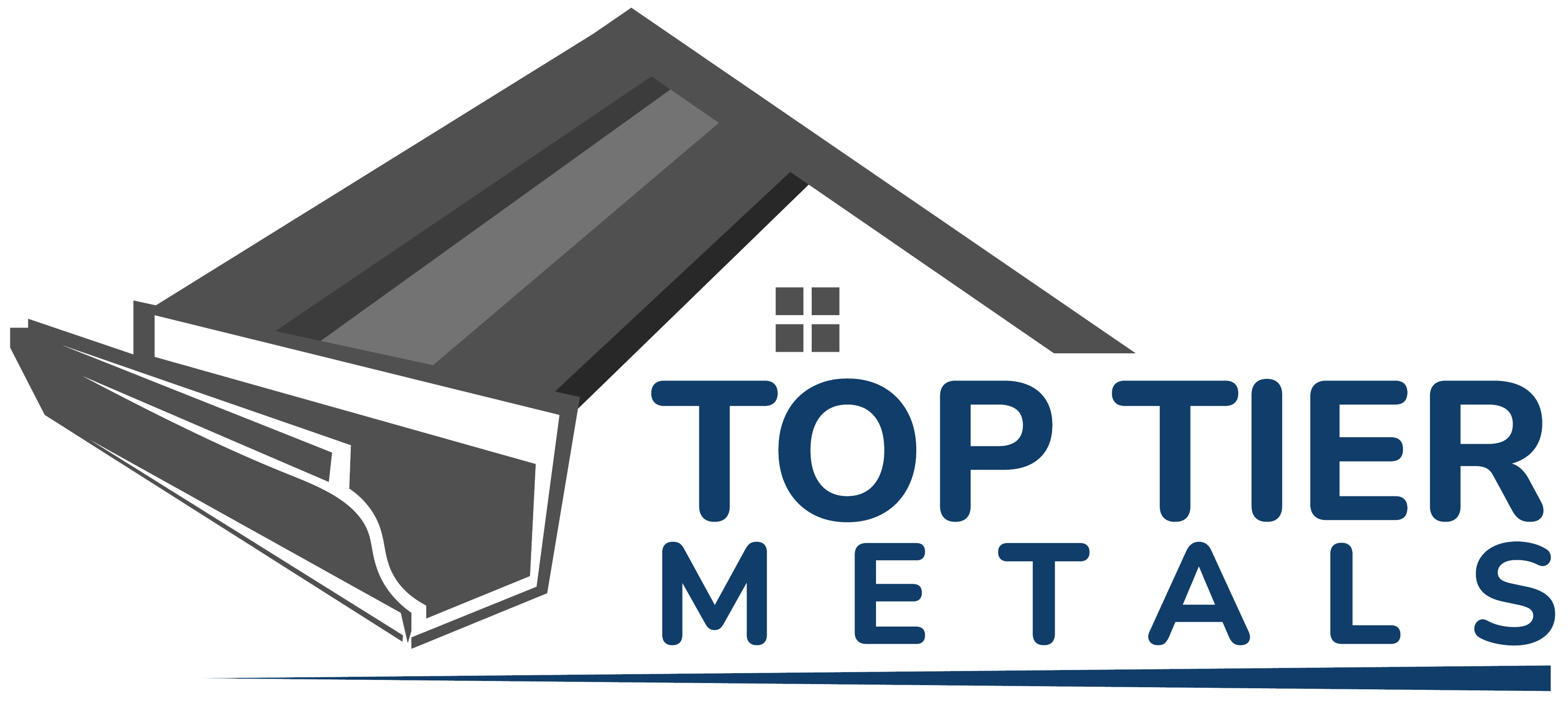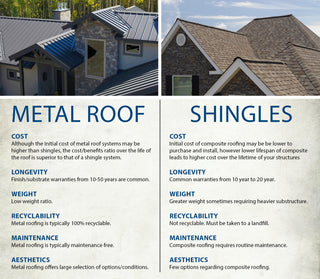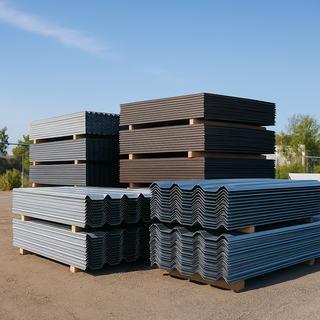When considering a new roof, homeowners often look at the initial cost without considering the long-term implications. Metal roofing, while having a higher upfront cost compared to traditional materials like asphalt, offers significant savings over time. This blog post breaks down the economics of metal roofing, helping you understand why it might be the smarter choice financially.
Understanding the Initial Investment
The initial cost of metal roofing is generally higher than that of traditional roofing materials. This cost includes materials, labor, and installation. However, the quality of materials and the complexity of the roofing design can influence the overall price. Despite the higher initial cost, the durability and lifespan of metal roofing make it a worthwhile investment.
Longevity and Durability
One of the most significant financial benefits of metal roofing is its longevity. While traditional asphalt shingles may need replacement every 15 to 20 years, high-quality metal roofing can last 50 years or more with minimal maintenance. This durability means homeowners can save significantly on replacement and repair costs over the roof's lifespan.
Maintenance Savings
Metal roofs require less maintenance than other roofing types. They are not susceptible to rot, mold, or pest infestations, which commonly affect materials like wood or asphalt. This resistance to damage means fewer repairs and lower ongoing maintenance costs, translating into more savings for homeowners.
Energy Efficiency and Cost Savings
Metal roofing is highly reflective, which helps reduce cooling costs by reflecting solar heat away from the home. This can lead to a reduction in energy bills by 10-25% during hot summer months. Additionally, some metal roofing is eligible for Energy Star rebates and credits, offering further financial incentives for homeowners.
Environmental Impact and Additional Savings
Metal roofs are not only durable and energy-efficient but also environmentally friendly. They are made from 30-60% recycled materials and are 100% recyclable at the end of their lifespan. Choosing metal roofing helps reduce waste in landfills and can contribute to building certification standards like LEED, potentially increasing your home's value and marketability.
Insurance Discounts
Due to their durability and fire-resistant properties, metal roofs can also lead to lower homeowners insurance premiums. Many insurance companies recognize metal as a superior roofing material that reduces the risk of fire, hail, and storm damage, offering discounts that can decrease insurance costs annually.
Resale Value
Investing in a metal roof can also increase your home's resale value. Prospective buyers appreciate the longevity, low maintenance, and energy efficiency of metal roofs, often willing to pay more for these benefits. This increase in resale value can significantly offset the initial higher cost of installation.
Conclusion
While the upfront cost of a metal roof is higher, the long-term savings on maintenance, energy bills, and replacements make it a cost-effective choice for homeowners. With benefits like increased home value, insurance discounts, and environmental sustainability, metal roofing proves to be a financially smart investment for the long run.
For those considering upgrading their roof to metal, visit TopTierMetals.com to explore a range of high-quality metal roofing options suitable for any home.






